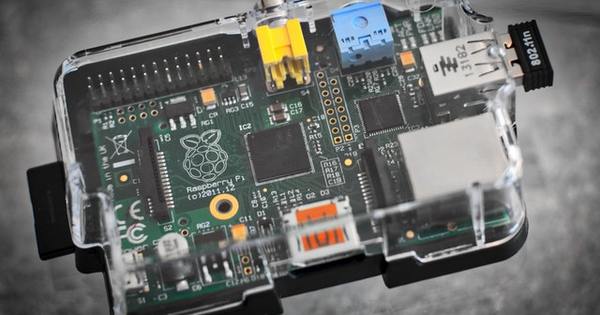Windows has a practical tool on board to quickly get an overview of the hardware in your computer. So leave that screwdriver in the toolbox.
With laptops in particular, it is not always easy to take a - literal - look under the hood. Before you have screwed open the thing, you will have gone through a lot of clips, screws and other Chinese puzzles. To see what kind of hardware is present in such somewhat more difficult-to-access devices, you can use the Windows tool System Information. You can find this program in Windows 10 in the Start menu under Windows Administrative Tools. Immediately after starting, you will land in a window with a system overview. Actually, this is primarily a software overview. But you can immediately see how much RAM is built in here. Handy if you have just purchased a new PC or laptop and want to check whether the promised amount of memory has actually been delivered. You can also see in this list what type of bios the system uses, nowadays that should be UEFI. If not, you're either running the tool on an old computer or something isn't set up properly in the bios.
Hardware
Click on the plus sign in the left menu Components. Additional information can be found here for each hardware component. For example, brand and type of DVD player, or more information about your hard drives. The item is interesting Problem devices. Of course there should be nothing underneath. If you come across a conflicting piece of hardware here, it is first important to check whether the drivers have been installed correctly. Or download and install the latest drivers. Unplugging, waiting for a while, and reconnecting USB peripherals can sometimes help solve a problem. If problems remain, even after turning your computer off and on again, there may be something wrong with the hardware in question.
quick check
The System Information tool is especially useful for a quick check. Don't expect in-depth hardware information about things like, for example, the timing of memory modules and the like. It's a bit 'quick and dirty'. But certainly practical for checking basic system data.

